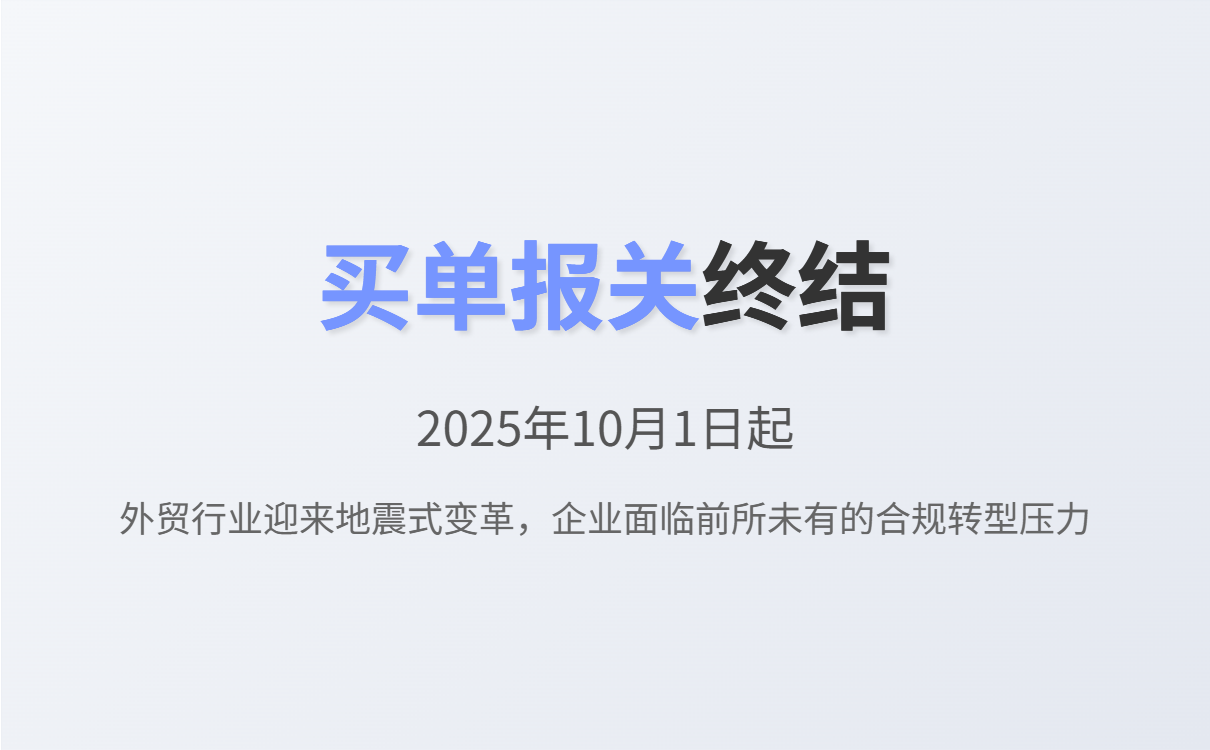
When it comes to cross - border trade, choosing the right payment method is crucial for your capital security and business efficiency. Let's first look at the differences in the practical applications of letters of credit (L/C), telegraphic transfers (T/T), and WeChat Pay in the global market.
| Payment Method | Applicable Scenarios | Advantages | Risks |
|---|---|---|---|
| Letter of Credit (L/C) | Used in large - scale and long - term trade, especially when dealing with new or less - trusted customers. | Provides a certain degree of security for both the buyer and the seller as the bank guarantees payment. | Vulnerable to fraud, complex procedures, and high costs. |
| Telegraphic Transfer (T/T) | Suitable for small - to - medium - sized transactions and when there is a certain degree of trust between the parties. | Simple and fast, with relatively low costs. | There may be delays in payment, and there is a risk of non - payment if the buyer defaults. |
| WeChat Pay | Popular in some Asian markets, especially for consumer - related cross - border trade. | Convenient and fast, with a large user base. | Compliance issues in different countries and regions, and limited acceptance in some markets. |

Each payment method has its own risk points. For example, in the case of letters of credit, fraud is a major concern. Fraudsters may use false documents or forged letters of credit to deceive the seller. Telegraphic transfers may be delayed due to various reasons such as bank processing issues or problems on the buyer's side. And when it comes to WeChat Pay, compliance issues are prominent. Different countries have different regulations regarding cross - border payments, and non - compliance can lead to serious consequences.
According to industry data, about 20% of cross - border trade disputes are related to payment issues, and a significant portion of them are due to fraud or non - compliance.
To effectively manage your accounts receivable, you need to build a full - process control model. This model includes a closed - loop process from order confirmation, shipping, invoicing, collection, to payment receipt. By closely monitoring each step, you can reduce the bad debt rate and improve the efficiency of your capital turnover.

Not all payment methods are suitable for every customer. You should match the payment method according to the customer type. For new customers or customers with a relatively high credit risk, you may consider using letters of credit. For long - term and trusted customers, telegraphic transfers or other more convenient methods can be used. At the same time, you need to set appropriate risk control thresholds. For example, you can set a maximum credit limit for each customer to avoid excessive exposure to risk.
AI - assisted tools can play a significant role in payment tracking and risk warning. For example, with the customer management module in your CRM system, you can track the order status in real - time. AI can also provide intelligent reminders for overdue accounts. By leveraging these tools, you can proactively identify potential risks and take timely measures to mitigate them.
Let's take a look at a successful case. A factory - turned - foreign - trade enterprise optimized its payment process and achieved a 30% reduction in the payment cycle. By carefully selecting payment methods, building a strict accounts receivable management system, and using AI - assisted tools, they were able to improve their capital efficiency and customer trust.

One common mistake is to blindly pursue convenience while ignoring risk control. Some businesses may choose a payment method simply because it is easy to use, without fully considering the potential risks. This can lead to serious consequences such as bad debts and legal issues.
To learn more about how to effectively manage cross - border trade risks and optimize your payment process, click here for more in - depth information and professional solutions.
.png?x-oss-process=image/resize,h_100,m_lfit/format,webp)
.png?x-oss-process=image/resize,h_100,m_lfit/format,webp)

.png?x-oss-process=image/resize,h_100,m_lfit/format,webp)
.png?x-oss-process=image/resize,h_100,m_lfit/format,webp)
.png?x-oss-process=image/resize,h_100,m_lfit/format,webp)
.png?x-oss-process=image/resize,h_100,m_lfit/format,webp)
